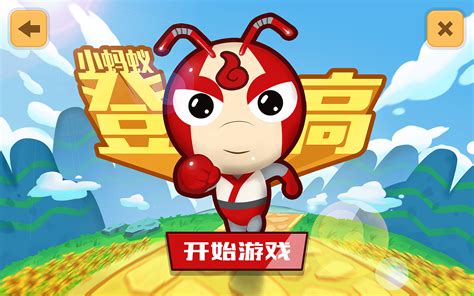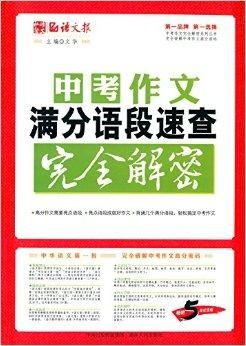Title: Designing an Effective Early Childhood Education Curriculum: Insect Theme
Incorporating an insect theme into early childhood education can be an engaging and educational experience for young learners. This comprehensive lesson plan aims to introduce children aged 35 to the fascinating world of insects while promoting cognitive, social, and motor skills development. Let's delve into the structure and components of this insectthemed curriculum.
Objectives:
1.
Knowledge Acquisition:
Introduce basic concepts about insects such as their characteristics, habitats, and life cycles.2.
Sensory Exploration:
Encourage sensory exploration through handson activities involving observation, touch, and smell.3.
Language Development:
Expand vocabulary related to insects and promote communication skills through discussions and storytelling.4.
Fine Motor Skills:
Develop fine motor skills through art and craft activities like drawing, cutting, and pasting.5.
Social Interaction:
Foster teamwork and collaboration through group activities and games centered around the insect theme.Week 1: Introduction to Insects
Day 1: What is an Insect?
Activity:
Storytime with insectthemed picture books.
Discussion:
Characteristics of insects (six legs, three body parts, etc.).
Craft:
Create simple insect models using colored paper.Day 2: Insect Observation
Activity:
Outdoor insect hunt (with adult supervision).
Discussion:
Different types of insects and their habitats.
Art:
Drawing favorite insects encountered during the hunt.Day 3: Life Cycle of Insects
Activity:
Life cycle sequencing activity.
Discussion:
Egg, larva, pupa, and adult stages of insects.
Craft:
Create a life cycle wheel or booklet.Week 2: Exploring Insect Habitats
Day 1: Insect Homes
Activity:
Build a simple insect habitat (e.g., ant farm or butterfly garden).
Discussion:
Different types of insect homes and why they are important.
Art:
Design and decorate miniature insect habitats.Day 2: Garden Visit
Activity:
Field trip to a local garden or park.
Exploration:
Observe insects in their natural habitat.
Discussion:
How insects contribute to the ecosystem.
Art:
Sketch or paint scenes from the garden, focusing on insects.Day 3: Pollinators
Activity:
Roleplay as bees and flowers to understand pollination.
Discussion:
Importance of pollinators in food production.
Craft:
Make bee or butterfly finger puppets.Week 3: Insect Exploration
Day 1: Insect Anatomy
Activity:
Dissecting insect specimens (using safe, nonliving models).
Discussion:
Parts of an insect's body and their functions.
Art:
Labeling and coloring insect anatomy diagrams.Day 2: Insect Sounds
Activity:
Listen to recordings of insect sounds.
Discussion:
How insects produce sounds and their purposes.
Art:
Create musical instruments inspired by insect sounds (e.g., shakers).Day 3: Camouflage and Mimicry
Activity:
Camouflage game – find hidden insects in their surroundings.
Discussion:
How insects use camouflage and mimicry for survival.
Art:
Design camouflage patterns or mimicry masks.Week 4: Culminating Activities
Day 1: Insect Parade
Activity:
Dressup parade with children wearing insect costumes or accessories.
Discussion:
Recap of all the learning experiences throughout the month.
Craft:
Make insectthemed crowns or hats.Day 2: Insect Exhibition
Activity:
Set up an insect display showcasing children's artwork, crafts, and projects.
Exploration:
Invite parents and guardians to visit the exhibition.
Discussion:
Children explain their favorite insect facts or discoveries.Day 3: Insect Celebration
Activity:
Insectthemed party with games, snacks, and music.
Appreciation:
Certificates or badges for participating children.
Reflection:
Encourage children to share their favorite moments from the insectthemed curriculum.Conclusion:
This early childhood education curriculum provides a holistic approach to learning about insects, catering to various learning styles and developmental needs of young children. By immersing children in handson activities, outdoor exploration, and creative expression, they develop a deeper understanding and appreciation for the natural world around them. Through this thematic approach, educators can foster curiosity, critical thinking, and a lifelong love for learning in their students.
This HTML formatted content can be copied and pasted into your preferred HTML editor for display on your website or educational platform. Let me know if you need any further assistance!











